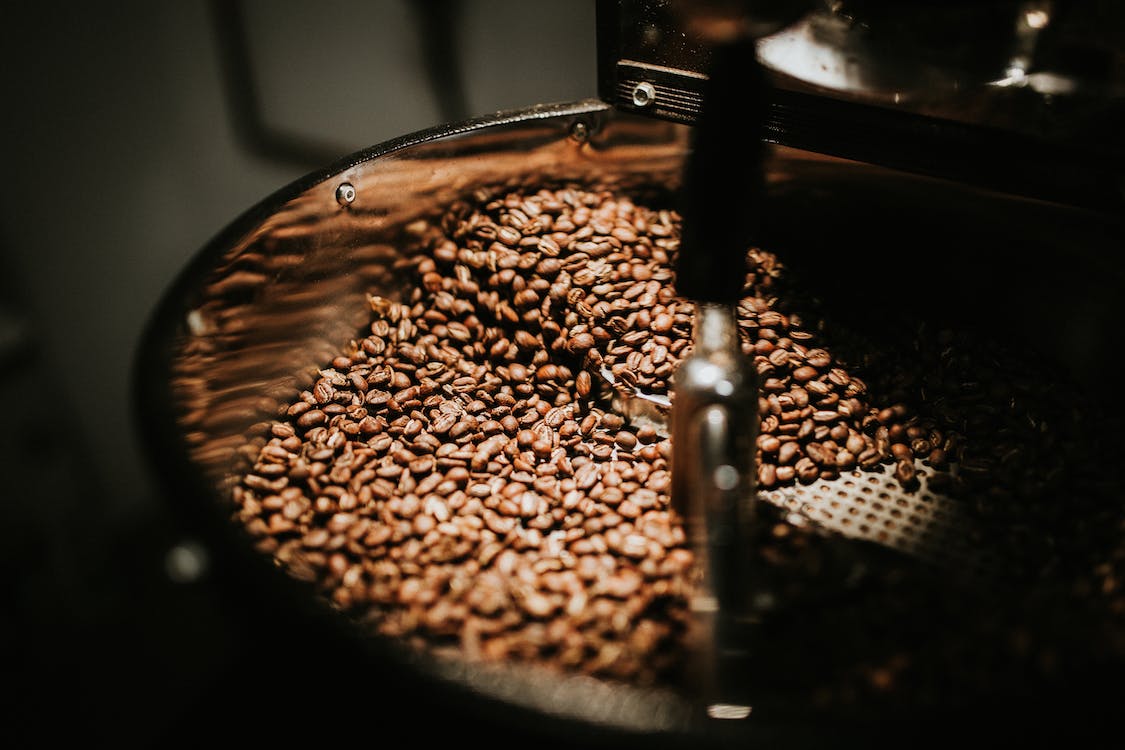
FAQ About Coffee

What is dry processing in coffee production?
Dry processing, also known as natural processing, is a method of processing coffee cherries that involves drying the entire fruit before removing the outer layers and extracting the coffee beans. This traditional method is commonly used in regions where water availability is limited and is often associated with producing unique and fruit-forward flavor profiles. Here's an overview of the dry processing method:
- Harvesting: Ripe coffee cherries are harvested by hand, usually by selective picking, where only the fully ripe cherries are collected.
- Drying: Instead of removing the outer layers immediately, the harvested cherries are spread out in thin layers to dry in the sun or on raised drying beds. The cherries are left intact, including the outer skin, pulp, and mucilage layer.
- Sun Drying: The cherries are exposed to sunlight and air, and they undergo a natural drying process. During this time, the cherries must be regularly turned and raked to ensure even drying and to prevent spoilage or mold growth. The drying process can take several weeks, depending on weather conditions and the desired moisture content.
- Dehusking: Once the cherries are thoroughly dried and reach the desired moisture level (usually around 11-12% moisture content), the outer layers are removed. This is often done using mechanical hulling machines that strip off the dried skin, pulp, and mucilage, exposing the coffee beans, which are still covered by a parchment layer.
- Hulling and Sorting: After dehusking, the dried parchment layer is further removed through a process called hulling, leaving behind the green coffee beans. The beans are then sorted to remove any defects or impurities, ensuring only high-quality beans remain.
- Additional Drying and Resting: After hulling, the green coffee beans may undergo additional drying to achieve the desired moisture level for storage and transportation. Once dried, the beans are rested for a period of time to allow them to stabilize and develop flavor characteristics before being milled, graded, and prepared for export or further processing.
